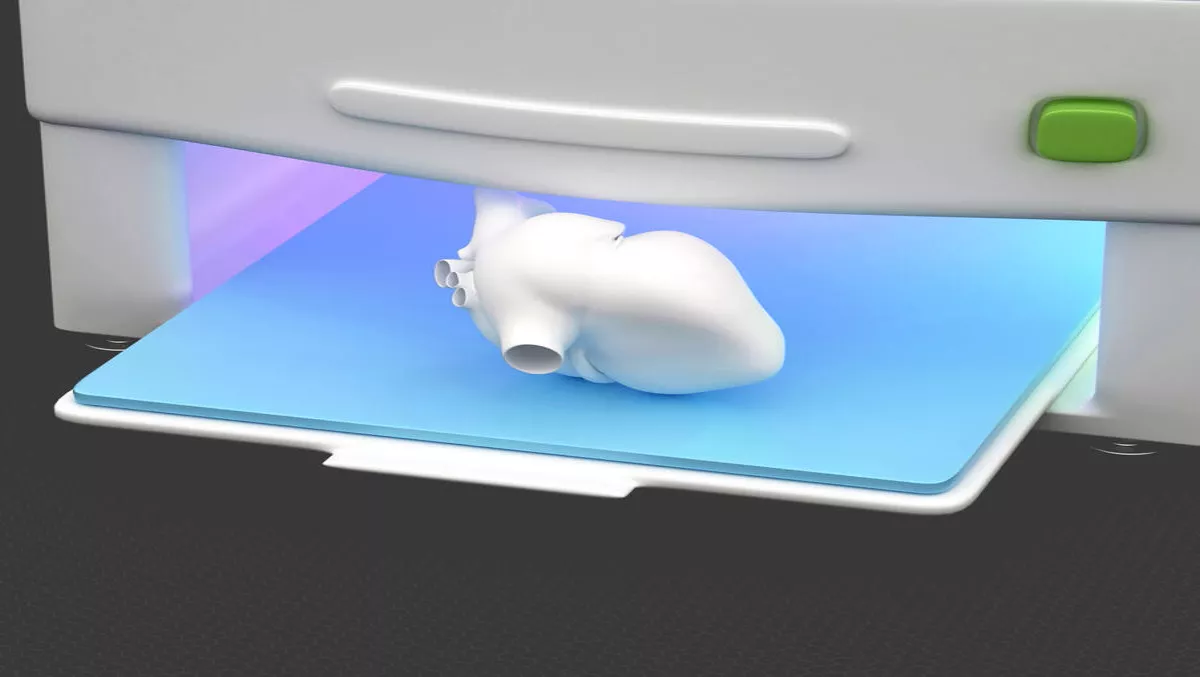
3D Printing revolutionises health education in South Island
Innovative New Zealanders around the country are using technology to enhance learning. Teaching communities to be aware of health risks is an important cause, and some clever South Islanders have found a way to use 3D printing to raise understanding of diabetes.
Marryllyn Donaldson, the long term conditions community nurse for primary health network WellSouth, had been using a cardboard model to explain diabetes to her community. Until she approached Otago Polytechnic to see if they could come up with a tech-driven solution.
Donaldson met with product design lecturer Andrew Wallace to see what they could come up with together.
Using tape, cardboard, glue and red paint, she had been demonstrating the way insulin works and how sugar gets into cells. The cardboard model had served her well, says Donaldson. But, it was time for something revolutionary.
"My cardboard model had seen better days, I really needed something more permanent!
With this as their design problem, the team went about modelling a 3D-printed a new working model. Their new solution came complete with blood vessels, cells and sugar, as well as a 'trapdoor' to illustrate insulin allowing sugar into cells.
Wallace says he's glad he had a chance to work on the project, and sees many opportunities for product design technologies to help revolutionise ways to educate people.
"I could see how product design would add real value both in education and in health.
In the past there has been minimal success with pamphlets and videos, but it's the hands on learning that is most inclusive and effective, says Donaldson.
"We've tried pamphlets, videos and workshops, but many people just don't understand until they get this in their hands and can actually visualise how insulin works. It works for all ages, all ethnicities and all cultures.
The pair aren't stopping with the one project and are already onto their next educational revolution. This time, they're taking on the kidneys and Wallace plans on involving his students, which could signal the beginning of an exciting partnership.
Examples like this, of learning and technology working hand in hand show just how revolutions can be triggered in surprising areas.
With the model a success, Donaldson says she can better educate her community.
"I'm absolutely blown away with this partnership, Andrew sees my vision, and has done the research and design for free, which means I can get this out to the community now.

